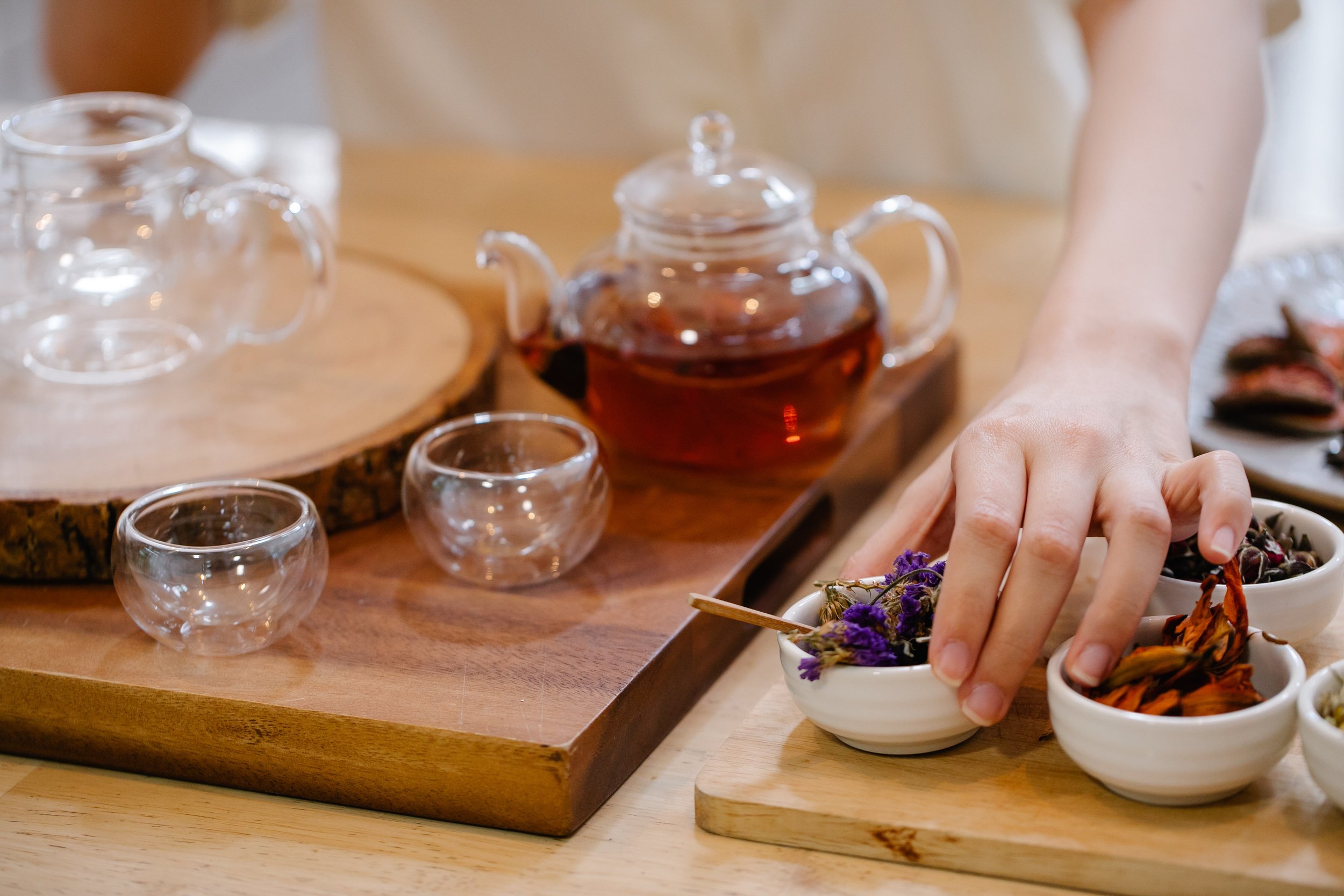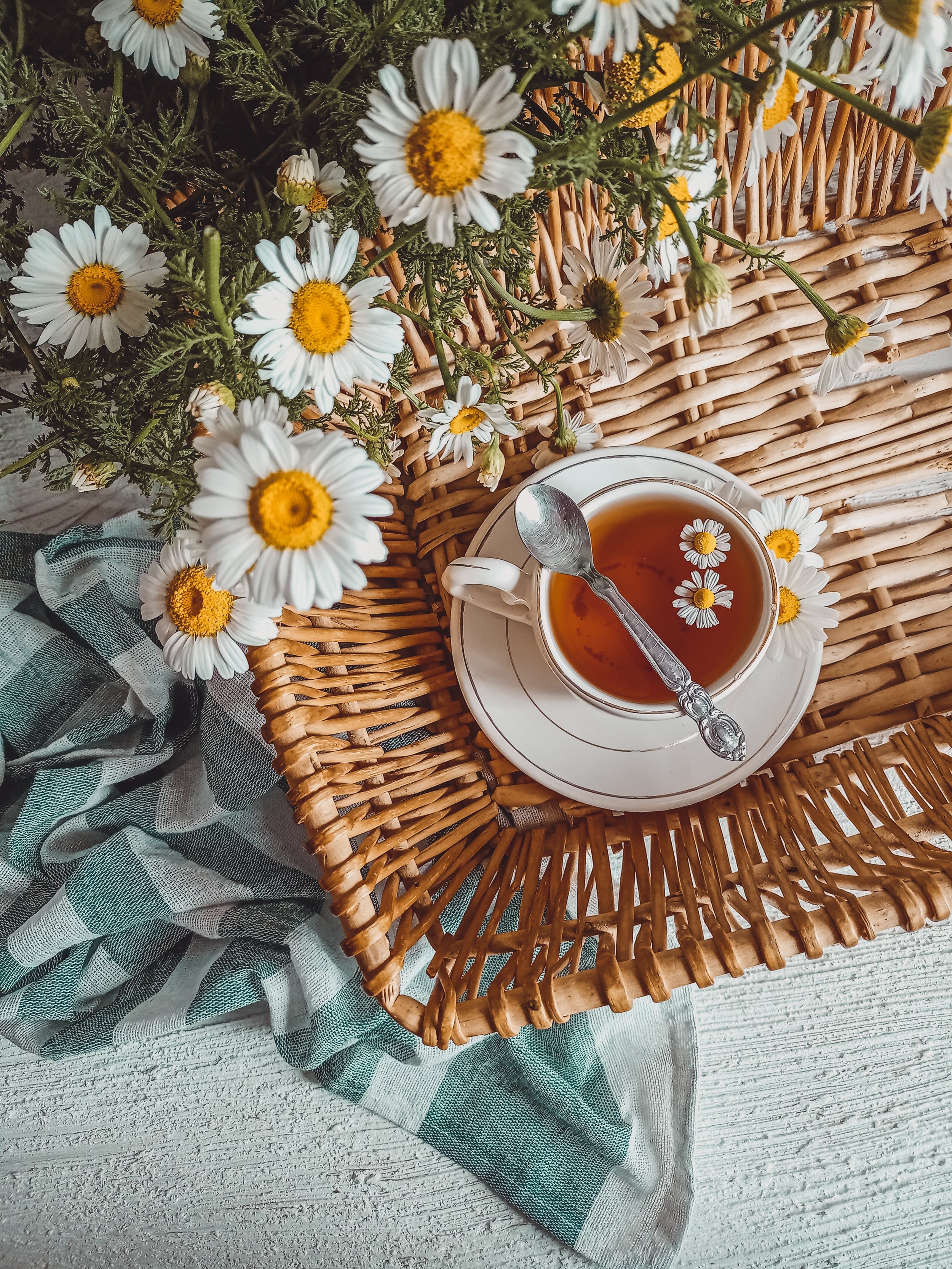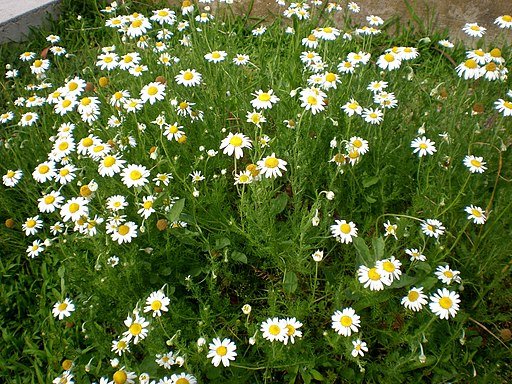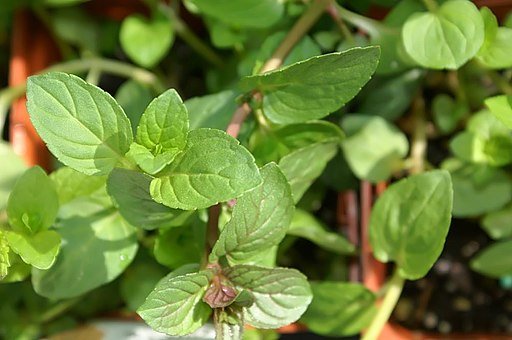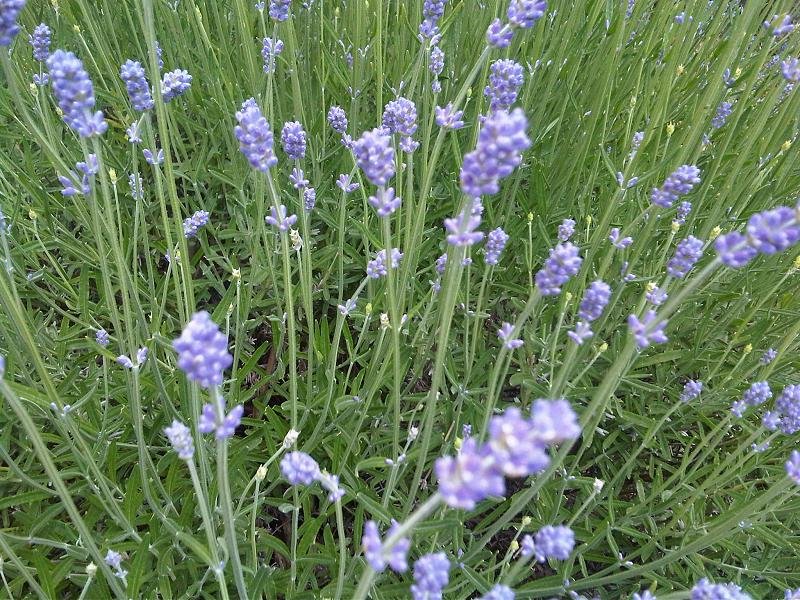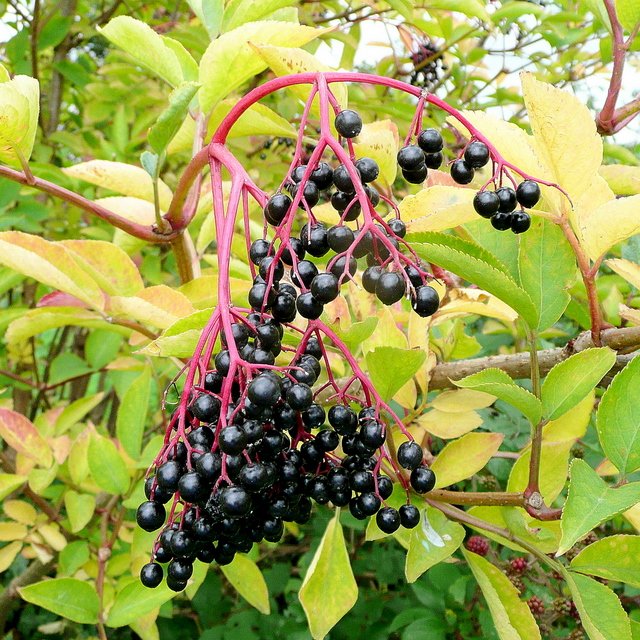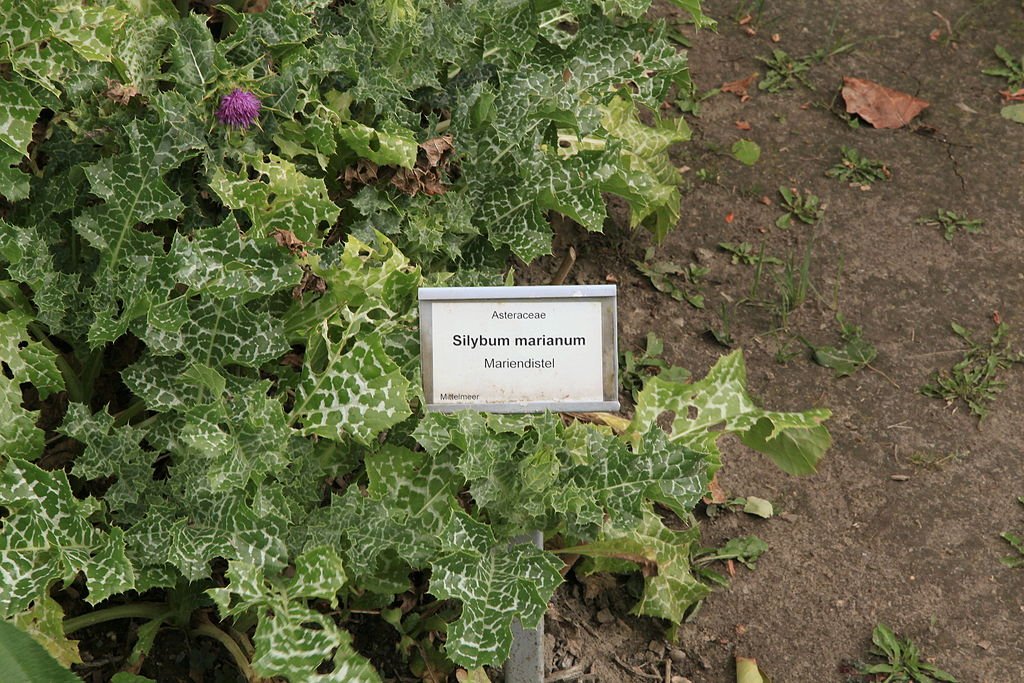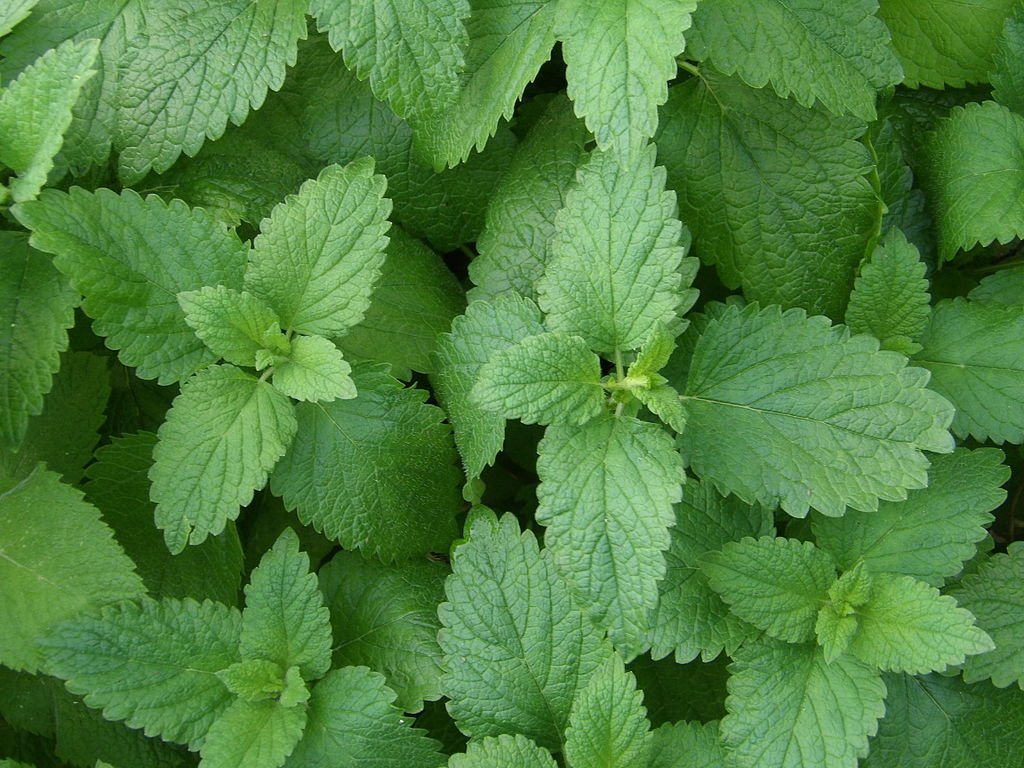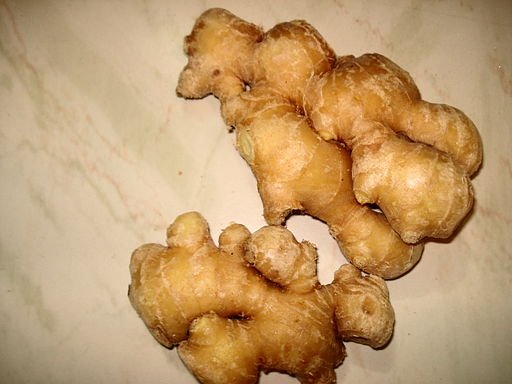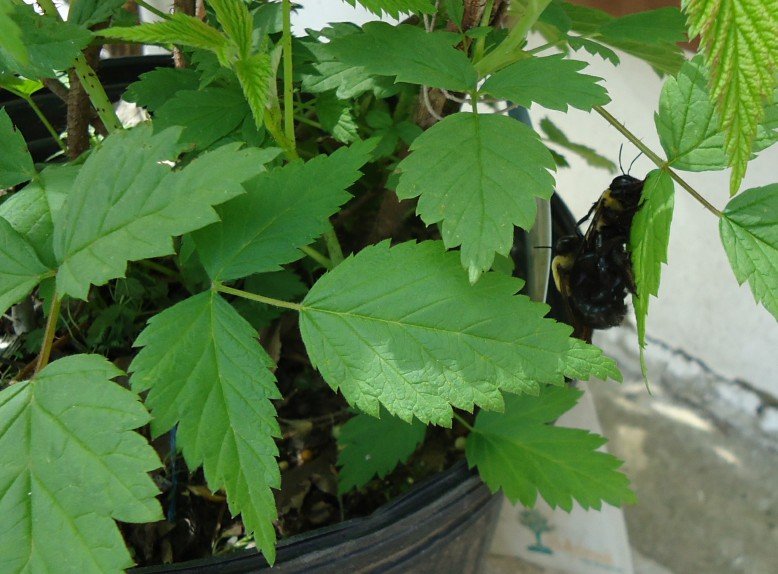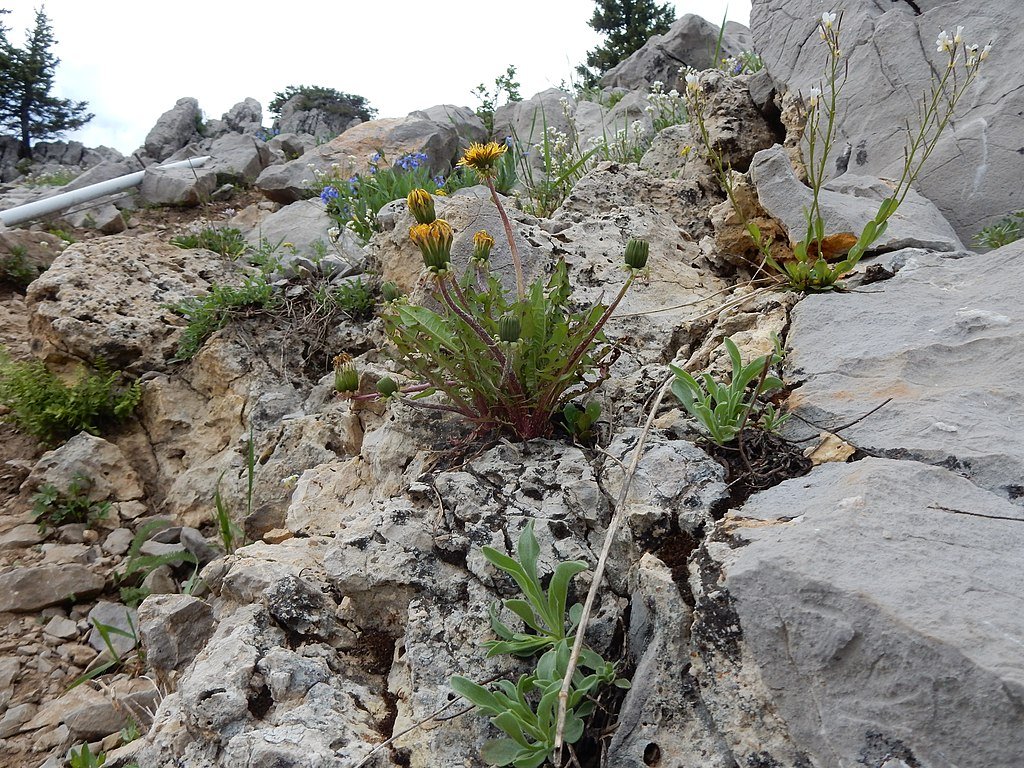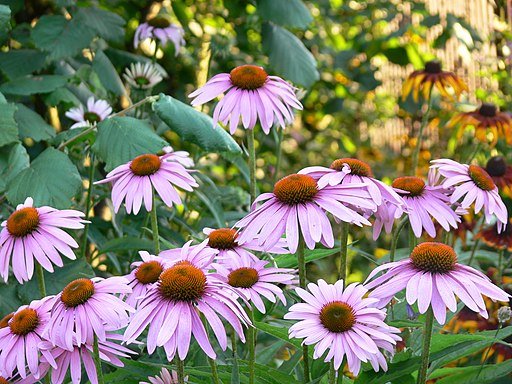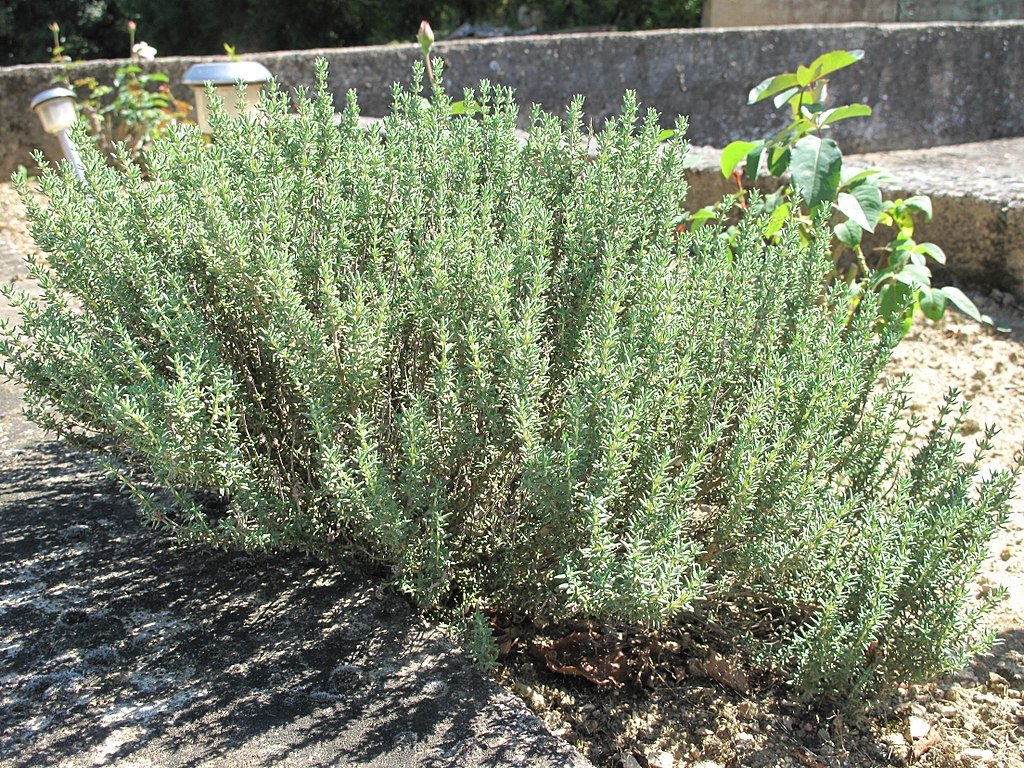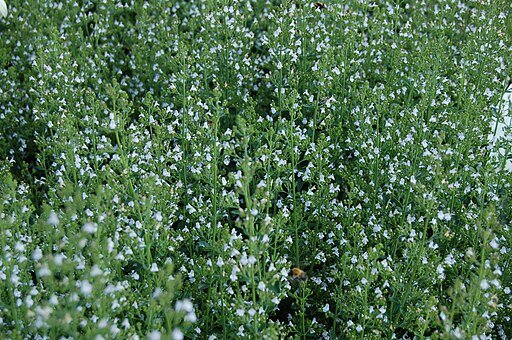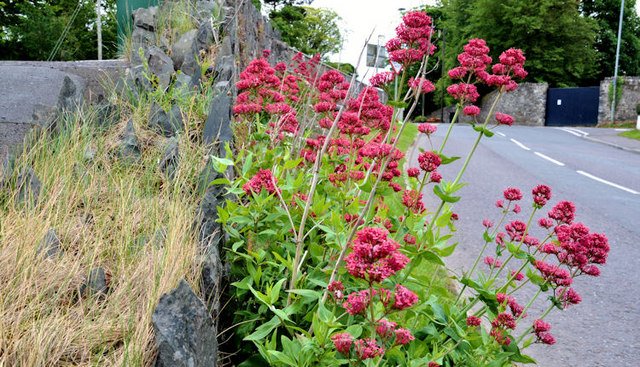If you were here for our post earlier this week, you'll be excited as this week's post is all about how to blend your own teas! Will be taking a look at several different varieties of herbal tea that you can make from the plants we mentioned in our last post.
Like we said in our first post, please do not take anything said within this post or are growing your own herbal garden post as medical advice, and Appliance Rescue Service is not to be held liable in the event that you do choose to do so under your own cognizance.
However, many of these teas can help with various medical issues as much medicine derives from our natural world. Therefore we would suggest, if you do find yourself interested, to discuss it with your primary caregiver not as an alternative to medicine but to be used in conjunction as part of a whole-body healing approach.
We prefer not to repeat ourselves when it's possible to avoid it, so although many of the herbs and spices are used in several different teas we'll talk about the benefits of them when they're first mentioned rather than repeating it for each tea. If different benefits are used in different teas we will of course talk about them where relevant.
Courtesy of Frantiska Ambrozovya
Headache B Gone
1 part spearmint
1 part black tea
Orange zest to taste
Medicinal Properties – this tea is particularly good when you have headaches. The combination between the spearmint and the black tea would be similar to taking Advil or Tylenol. Spearmint specifically is good for treating headaches, while black tea adds a hit of caffeine that is seen in many headache treatments.
Lemon Sunshine
1 part lemon balm
1 part lemon verbena
½ part lemon thyme
⅛ part lemon zest
Courtesy of anna-pou
Medicinal Properties – this tea is a good all-around pick-me-up. Lemon balm, lemon verbena, and lemon thyme all have effects on various parts of the body. Working together, they can soothe everything from heart palpitations to soreness to indigestion and nausea. With all of these various lemon-flavored herbs Plus actual lemons zest, you also get a very nice morning tea to help you kickstart your day.
Lady’s Cup
1 part chamomile
1 part red raspberry leaf
½ part peppermint or spearmint
Just a pinch lavender
Courtesy of işıl-agc
Medicinal Properties – this soothing floral tea is wonderful at the end of a rough day. Although red raspberry leaf does aid in several feminine issues there is no reason that a male cannot drink the tea. All of these together have a very calming and relaxing effect on both the nervous system and the brain.
Courtesy of Bru-nO
Stomach Soother
2 cups of water
2 teaspoons peppermint leaf
½ teaspoon fennel seeds
1/2 inch knob of ginger
Medicinal Properties – if you're having stomach issues such as nausea or diarrhea and can't stand to keep much down this is a good tea to turn to. As we mentioned in our garden post, Ginger is a fantastic stomach soother for most people. Combined with the fennel seeds and peppermint leaves into a tea that will perk up your appetite but it also will help in calming most stomach issues.
Elderberry Tea
2 cups of water
2 tablespoons elderberry syrup (or one heaping tablespoon dried berries)
1 cinnamon stick
2 cardamom pods
Simmer for 30 minutes.
Courtesy of pasja
Medicinal Properties – the cinnamon and cardamom in this tea are flavor additives rather than being part of the medicinal action. That comes from the elderberries which support a healthy immune system thanks to all of the antioxidants that are packed into the berries. Depending on how you decided to preserve your harvest you can use a syrup or a heaping tablespoon of the dried berries while making this tea. Many suggest drinking One 8 oz cup of this a day during flu and cold season.
Rosemary-Mint Tea
Two (4 inch) sprigs rosemary or 2 teaspoons dried
About ¼ cup dried mint, either peppermint or spearmint
Pinch green tea
Medicinal Properties – Rosemary has been shown to have a positive effect on the prevention of aging in the brain as well as protecting the brain from damage due to free radicals. It has also been shown to help improve recovery in stroke patients. Combined with green tea and peppermint, this is a wonderful tea for studying and during a long day of work.
Garden Tea
1 part Purple sage leaves
1 partLemon balm
1 part Peppermint or spearmint
1 part Rose petals
Medicinal Properties – this tea is another general pick me up combining the benefits and flavors of several different herbs and spices. Sage is ideal for many different throat-related issues and is commonly used in gargles. It also acts as a wonderful digestive stimulant which means this could be an ideal after-lunch tea.
Lavender-Mint Midnight Tea
1 part lavender
4 parts peppermint (or spearmint if you like a milder mint)
Medicinal Properties – as we said earlier, peppermint is a very soothing and calming flavor, and combined with lavender, this is an ideal middle-of-the-night tea. If you're having trouble falling asleep or falling back to sleep after having woken up, this is a tea we recommend. Lavender is regularly part of different cures for insomnia, both as a tea and as aromatherapy. It helps to calm the mind, which is why many use it in this fashion.
Summer Sunshine Tea
1 part chamomile
¼ part lemon peel
1 part peppermint
1 part sage
Pinch clove
Medicinal properties: This is very much a calming tea while also feeling like you soaked up the sun. The warmth from the clove and lemon combined with the calming effects of the chamomile and peppermint make this tea a wonderful one to have on hand in the middle of winter.
Which one of these tees are you most eager to try? Let us know over on our Facebook page, as always we love to hear from you!
While you wait for your tea to brew, you might need someone to take a look at your ice maker to get you through the summer heat and cool down that delicious tea. (All of these can be served over ice! You'll just need to double the recipe to ensure the flavor isn't lost.) Fortunately, Appliance Rescue Service does indeed service ice makers. You can reach out to us via our contact page, or by giving us a call ((214) 599-0055). We'll work with you to choose a date and time that works best for your schedule.


